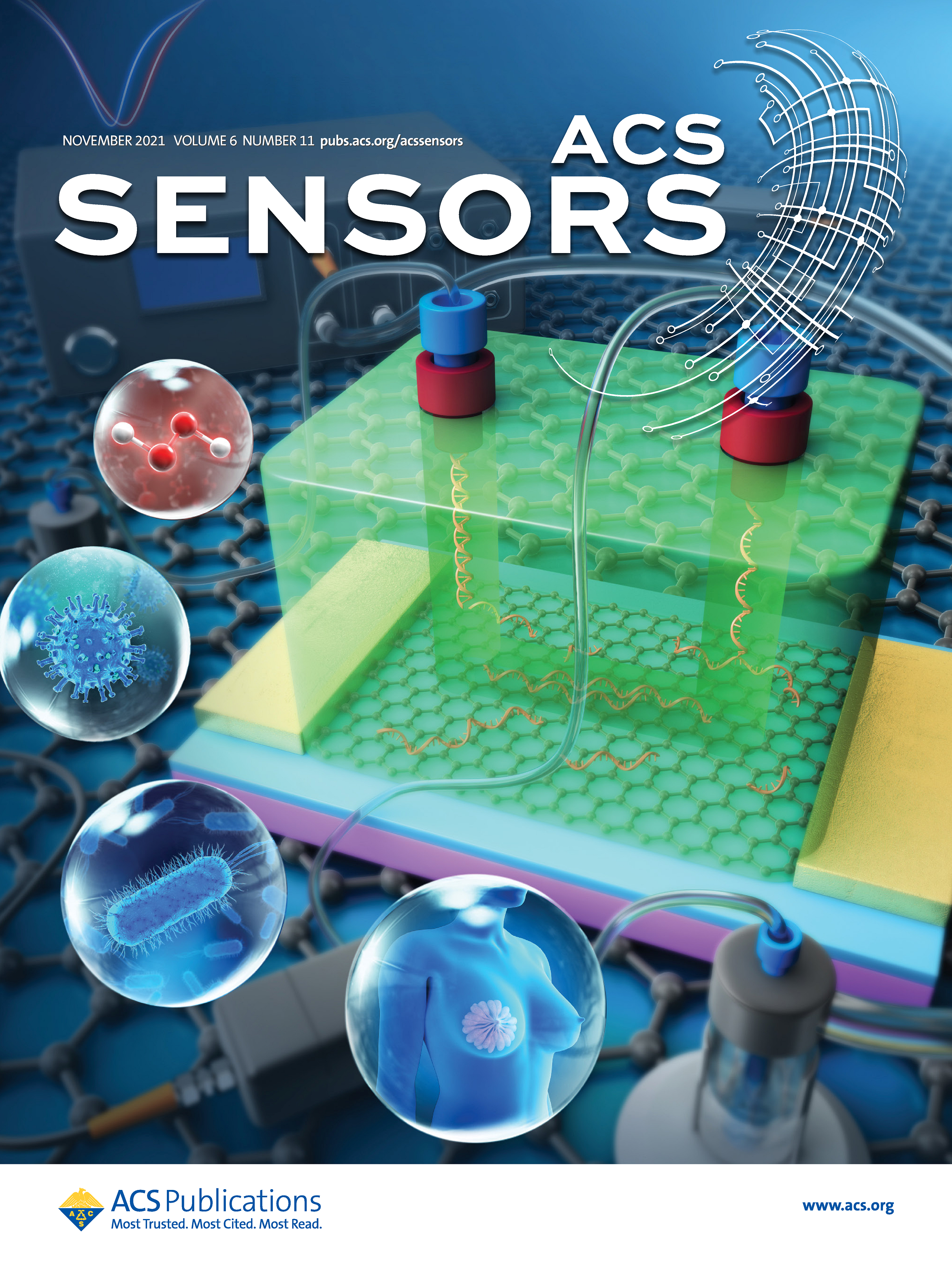Graphene-based biosensors have boosted the early diagnosis of diseases by detecting and monitoring related biomarkers, providing a better understanding of various physiological and pathological processes. They have generated tremendous interest, made significant advances, and offered promising application prospects. In this paper, we discuss the background of graphene and biosensors, including the properties and functionalization of graphene and biosensors. Second, the significant technologies adopted by biosensors are discussed, such as field-effect transistors and electrochemical and optical methods. Subsequently, we highlight biosensors for detecting various biomarkers, including ions, small molecules, macromolecules, viruses, bacteria, and living human cells. Finally, the opportunities and challenges of graphene-based biosensors and related broad research interests are discussed.

Graphene-based biosensors have boosted the early diagnosis of diseases by detecting and monitoring related biomarkers, providing a better understanding of various physiological and pathological processes. They have generated tremendous interest, made significant advances, and offered promising application prospects. In this paper, we discuss the background of graphene and biosensors, including the properties and functionalization of graphene and biosensors. Second, the significant technologies adopted by biosensors are discussed, such as field-effect transistors and electrochemical and optical methods. Subsequently, we highlight biosensors for detecting various biomarkers, including ions, small molecules, macromolecules, viruses, bacteria, and living human cells. Finally, the opportunities and challenges of graphene-based biosensors and related broad research interests are discussed.
